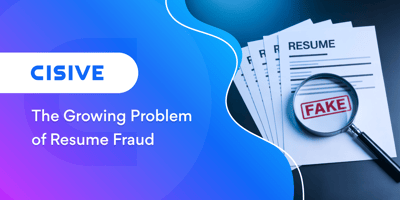


As we near the end of the year, healthcare human resources departments are looking for new and inventive ways to promote safety and improve quality scores at their organization. As our nation shifts toward value-based payment models, employers are applying new methods to reduce length of stay and readmission rates, streamline discharge transition processes and improve diagnostic procedures.
The following are four common best practices presented by five case studies in U.S. healthcare institutions.
It’s imperative that HR leaders build formal mechanisms for communicating organizational mission, vision, values, or priorities to employees. Leaders must communicate clear objectives that will help their team understand what role each member plays in achieving that vision. Employees want to feel like they’re a part of that process, so involve them in meetings and solicit their input.
Another way to engage staff is establishing recurring employee recognition programs to highlight your team’s outstanding work performance. You can start by instating annual recognition ceremonies, for example, like PreCheck’s Annual Hollie Frye Annual Service Award or even conducting monthly Employee Spotlight interviews to underscore an employee’s hard work and dedication for the organization.
When it comes to improving quality of care and safeguarding patient safety, it's imperative that leadership is on board. Here are three ways HR can help align leaders with your healthcare organization's goals:
In order to deliver the best patient care, healthcare employers need to focus on both attracting and developing top talent. Here are a few ways healthcare HR leaders can accomplish this:
1. To attract top talent, HR leaders must market competitive salaries and benefits to prospective employees. According to Undercover Recruiter, if companies want to consistently compete for high-quality talent, they need to do the following:
2. Healthcare organizations should focus on offering high-quality employee development classes and programs to encourage ongoing learning, e.g., robust corporate training programs, continuing education classes or Physician Leadership Academy. The Academy will help provide extra knowledge and information on leadership that is not provided in medical school. You also get to learn from knowledgeable industry experts from inside and outside the organization.
3. Use selective hiring practices, such as hiring for cultural fit and competencies rather than technical skills. Companies seeking to hire graduates fail to focus on hiring for the right-fit and attempt to recruit those with high GPAs and polished résumés, instead. Unfortunately, these new hires tend to leave their jobs within the first two years. An example of how you can screen for personal fit is to ask if an applicant has a personal mission statement.
Members at the frontline are uniquely positioned to have the greatest impact on employee engagement and retention, positive customer relations and organizational success. Employers should empower their frontline by putting emphasis on redeployment instead of layoffs; concerted efforts to support employees speaking up in situations with power differentials; use of shared governance models (nursing councils); and widespread use of teams.
It’s important to provide frontline leaders support with distinctive practices that include the use of trained/empowered safety coaches, team communication training, employee “innovations teams” to generate ideas for strategic growth, and interventions for physicians with bad behavior. Organizations that develop strong frontline leaders enhance effectiveness as it plays out at the frontline and create a gateway to a strong leadership pipeline.
According to the literature, these practices can indeed influence quality and safety outcomes in healthcare organizations, and the potential impact of these effects could be substantial. I hope you find these practices beneficial as you plan your initiatives for 2015.